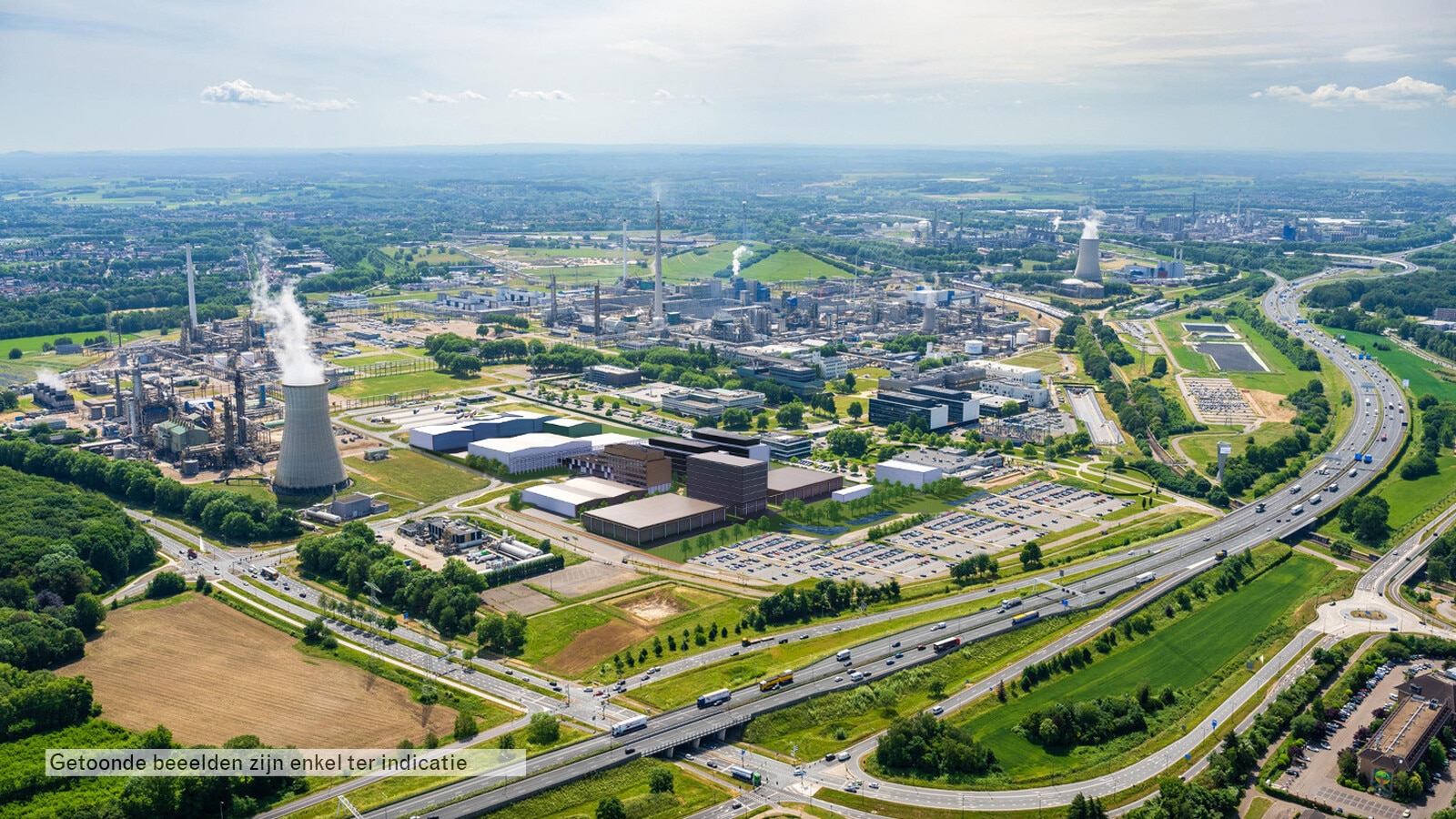3 charts on the future of oil

Shale has been a game changer. Image: REUTERS/Sergei Karpukhin
While oil prices have stabilized somewhat in recent months, there are good reasons to believe they won’t return to the high levels that preceded their historic collapse two years ago. For one thing, shale oil production has permanently added to supply at lower prices. For another, demand will be curtailed by slower growth in emerging markets and global efforts to cut down on carbon emissions. It all adds up to a “new normal” for oil.
The “new” oil supply
Shale has been a game changer. Unexpectedly strong shale-oil production of 5 million barrels per day contributed to the global supply glut. That, along with the surprising decision by the Organization of the Petroleum Exporting Countries (OPEC) to keep production unchanged, contributed to the oil price collapse that started in June 2014.
Although the price collapse led to a massive cut in oil investment, production was slow to respond, keeping supply in excess. What’s more, the resilience of shale production to lower prices again surprised market participants, leading to even lower prices in 2015. Shale drillers significantly cut costs by improving efficiency, allowing major players to avoid bankruptcy. While reduced investment is expected to result in lower production by non-OPEC countries in 2016, production still exceeds consumption. Many experts expect oil markets to balance in 2017, albeit with high level of inventory (Chart 1). That said, there is uncertainty regarding supply, especially regarding the cost associated with extraction as well as production from so-called shale “fracklog”—drilled but uncompleted wells. The latter can add to production flows in a matter of weeks and hence considerably change the dynamics of production compared to conventional oil—that features long lead times between investment and production.

Against that backdrop, OPEC countries and Russia have been increasing output, and Iran’s return to markets has added even more supply. (While OPEC members have recently agreed to cut production, that agreement is yet to be finalized.) There are other factors at play. Recent data suggest that shale-oil production may be once again more resilient than expected. And the anticipation of an OPEC production cut in cooperation with other exporters has boosted prices to the level that will further stimulate output by many shale producers.
The “new” oil demand
Falling prices spurred oil-demand growth, which rose to a record high of about 1.8 million barrels per day in 2015. That’s expected to slow to the trend level of 1.2 million barrels per day in 2016 and 2017. Using basic estimates for demand elasticity with respect to price suggests the “price effect” accounts for a 0.8 million-barrel per day increase in demand. A sizable share of oil demand growth is attributable to the price drop rather than income gains. With limited scope for further declines in prices in dollar terms, increases in oil demand will depend largely on prospects for global economic growth.
The outlook for demand growth isn’t encouraging. In the past couple of years, oil demand has been driven by China and other emerging-market and developing countries. While China accounts for just 15 percent of world oil consumption, its contribution to oil demand growth is significant (Chart 2) because its economy is growing much faster than those of advanced nations (the same is true of some other developing nations). Further slowdowns in emerging and advanced economies can change the demand picture significantly. Structural shifts in emerging economies, especially China’s effort to shift from an investment and export led growth model to a domestic demand led growth model, can also potentially have major implications.

Over the medium to long run, the transition away from oil and other fossil fuels further clouds the outlook for oil demand albeit lower prices may delay the transition. Energy policies will have to be altered significantly to meet the goals set at the December 2015 Paris Climate Conference (COP21), and a significant portion of oil reserves will have to remain under the ground and unburned. Lack of clarity about the specific actions needed to achieve those goals only adds to uncertainty about the oil-demand outlook.

Granted, futures markets point to slight gains in oil prices. But a glance at shifts in futures-price curves in the past few months suggests that the prospects for higher prices have been worsening (see Chart 3). That shouldn’t come as a surprise. Downward revisions to global growth forecasts, especially for emerging markets, offset supporting factors, such as the growth in oil demand buoyed by lower prices in the past year. Turmoil in financial markets, plus a strong dollar, has put downward pressure on oil prices. These trends, along with the secular drop in petroleum consumption in advanced economies and the growth of shale, all point to a “lower for longer” scenario for oil prices.
Don't miss any update on this topic
Create a free account and access your personalized content collection with our latest publications and analyses.
License and Republishing
World Economic Forum articles may be republished in accordance with the Creative Commons Attribution-NonCommercial-NoDerivatives 4.0 International Public License, and in accordance with our Terms of Use.
The views expressed in this article are those of the author alone and not the World Economic Forum.
Stay up to date:
Oil and Gas
Forum Stories newsletter
Bringing you weekly curated insights and analysis on the global issues that matter.
More on Energy TransitionSee all
Roberto Bocca
December 18, 2025







